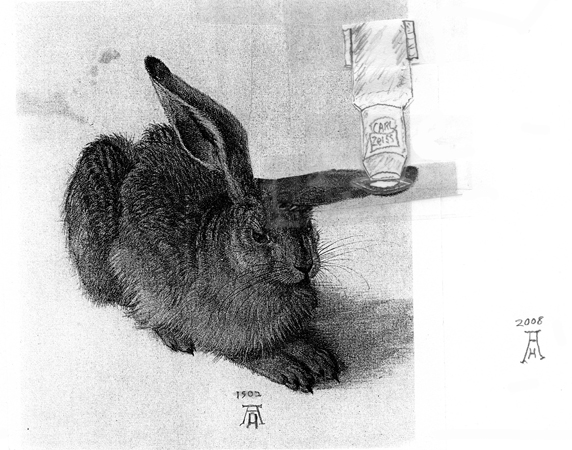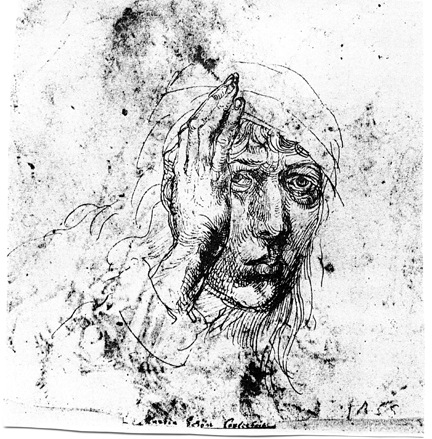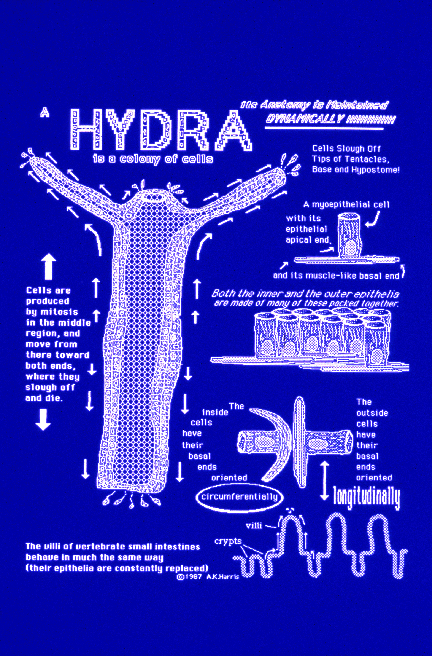Lecture Notes for April 3
Dynamic formation of tubular structures
Vascularization (angiogenesis) is the formation of arteries, veins and capillaries (and lymph ducts).(These two words are not quite synonyms)
Capillaries are narrow, cylindrical, hollow tubes made out of (and made by) a special differentiated cell type called endothelial cells (endothelium).
Classic experiment of observation of blood vessel development in a rabbit ear:

The same experiment was later done on a human:

The inner-most layer of every artery is an endothelium. This is wrapped in layers of smooth muscle cells, mesenchymal cells and collagen fibers, also with variable amounts of fibers of a different kind of extracellular fiber called Elastin.
The layers of wrapping are called the "tunica media", which you will need to learn in med school.
Two animations of blood vessel development:
blood vessel development in a rabbit ear
capillary development in the tail of a frog larva
(The aorta has lots of elastin, with comparatively less collagen and smooth muscle. Other arteries are basically cylindrical smooth muscles, with an endothelial tube running down the middle, and lots of collagen fibers wrapped circumferentially)
Hydra:
Budding in Hydra is rearrangement of existing cells, not growth. In addition to budding, there may also be enlargement and mitosis. In other words, a budding Hydra may also be growing, but it is definitely not correct to think of buds as being formed by means of concentrated or directional enlargement or mitosis of hydra cells. Really, the process is as if someone were to unravel a part of a sweater while simultaneously re-knitting the unraveled wool into a new sleeve.
The basics of Hydra anatomy:

Budding in Hydgra:
